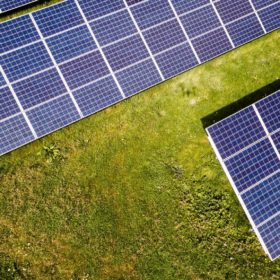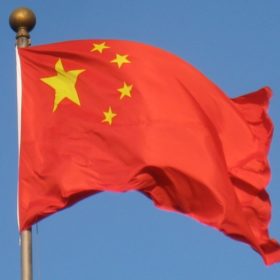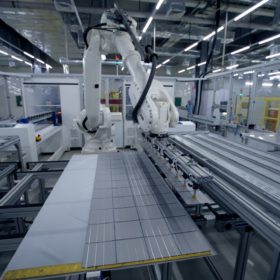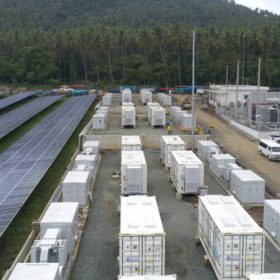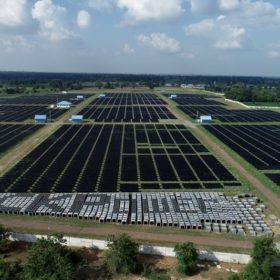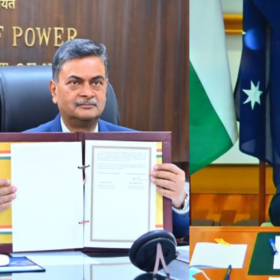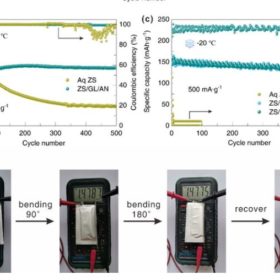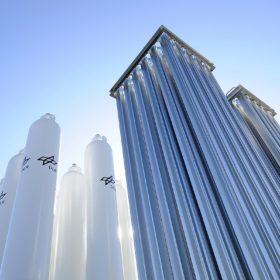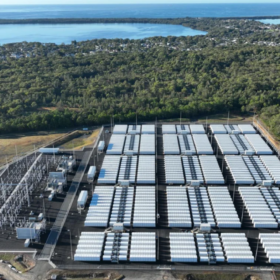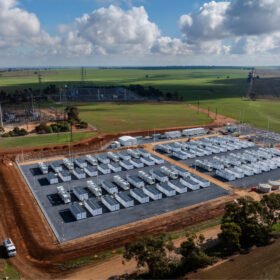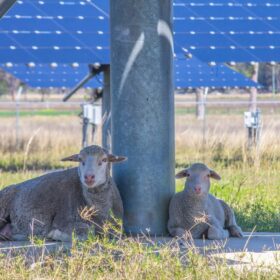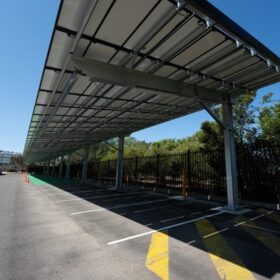‘The major solar players will shift from PERC to TOPCon’
US analyst Clean Energy Associates made some notable predictions in its Q4 survey of the world solar manufacturing market, including echoing predictions made elsewhere that the new polysilicon production capacity coming online now will help arrest the spike in solar panel prices.
Chinese state grid unveils plans for 100GW battery fleet
China’s largest state-owned grid operator and power utility plans to deploy the world’s biggest battery fleet and almost quadruple its pumped hydro storage by 2030, thus supporting the nation’s switch to renewable energy sources.
Building a sustainable, vertically integrated solar manufacturing ecosystem in India
A new report by JMK Research and IEEFA says Indian solar manufacturers need to create a strong foundation for sustainable development overall by integrating raw materials and impetus to R&D in their plans, rather than focusing solely on output.
Adani signs MoU for hydrogen fuel cell manufacturing in India
Adani Group and the Canada-based PEM fuel cell producer will examine various options to cooperate, including potential collaboration for hydrogen fuel cell manufacturing in India.
Philippines’ largest battery comes online at 120MW solar park
The 40MW/60MWh Alaminos Energy Storage system is now connected to the 120MW Alaminos solar park. Both facilities were built by renewable energy developer AC Energy.
Thailand’s CK Power set to double in size through 2.8GW renewables investment
One of Southeast Asia’s biggest generators of renewable electricity, Thailand’s CK Power, is set to double in size over the next three years after announcing plans to add 2.8GW of new renewable electricity generation, including a ten-fold increase in its solar capacity.
India and Australia sign letter of intent on solar, ‘clean’ hydrogen
India and Australia have signed a letter of intent to cooperate on scaling up the manufacture and deployment of ultra-low-cost solar and “clean” hydrogen.
Aqueous zinc-ion battery with cycling stability of over 3,000 cycles
Conceived by scientists in China, the battery was built with a special hydrogel electrolyte made of polyacrylamide (PAM), zinc sulfate (ZnSO4), glycerol (GL), and acetonitrile (AN). The device showed high cycling stability of over 3,000 cycles, a high reversibility thanks to a Coulombic efficiency of up to 99.5%, and electrochemical performance of 185 mAh·g over 10,000 cycles.
New off-grid solar battery from China
Chinese manufacturer Bslbatt has unveiled a modular lithium-ion battery that can be used for the off-grid storage of solar energy. The device has a storage capacity ranging from 5.1 to 30.7 kWh and is claimed to provide steady operation for up to 6,000 charge cycles.
India introduces green hydrogen policy
The Green Hydrogen Policy is designed to promote green hydrogen and green ammonia projects with provisions like a 25-year waiver of inter-state transmission system (ISTS) charges and ISTS connectivity priority for renewable energy capacity set up for the purpose.
